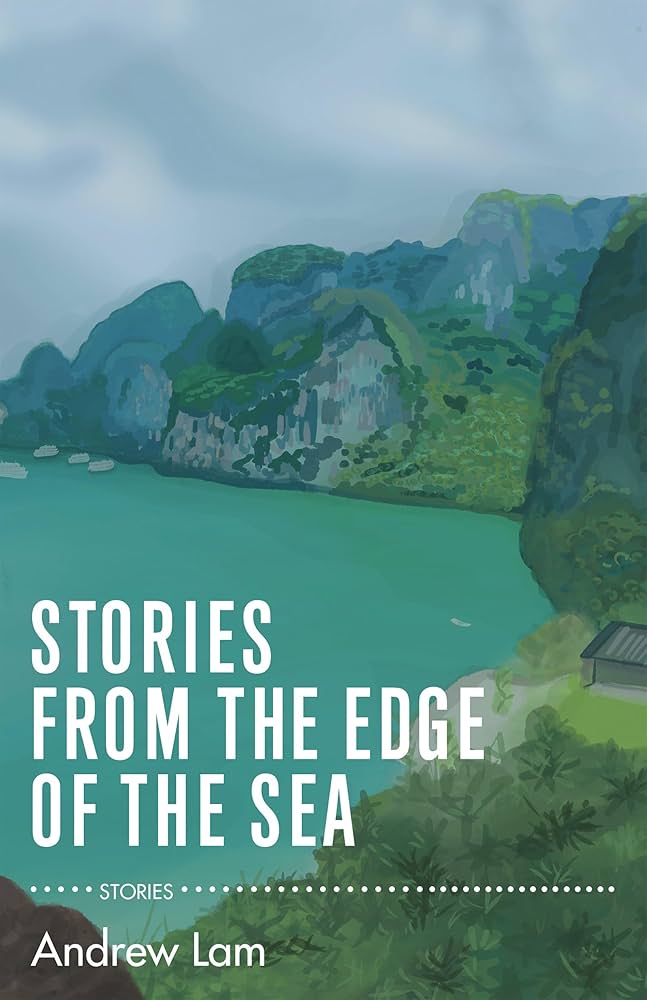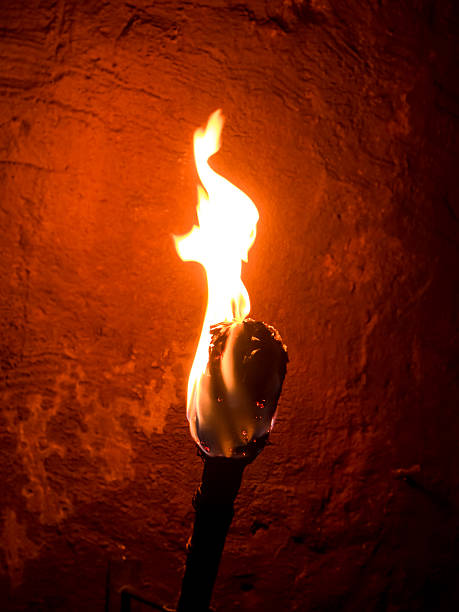By DAVID RYAN
Jonathan finds the shirt on the closeout rack at a trendy vintage shop in Provincetown. He’s never heard of the maker, the satin tag embroidered in the neck as if by hand, it looks British, probably twenty, thirty years old, this short sleeve—the cloth heavier than cloth, at least the cloth of shirts he might normally afford. The muted blue-green-grey rayon shimmers, the smallest blues and greens houndsteeth fused into a strange harmony within the gray and fine-lined black blocking. Its gentle plaids inferentially iridescent. And this, like an aura hovers about the shirt, its inferred past, as if the weave of fibers are quietly singing an elegy, an amassing of light. He fingers the cloth, imagines the fingers of a millworker feeding the cord into a sewing machine, shuddering wooden bobbins in some industrial town. And then he tries it on.
It’s his favorite shirt for a couple of years. One night, he wears it over a white, long-sleeved henley to a club where a friend of a friend knows the singer in the band playing. Jonathan and his friend get backstage. For reasons later forgotten—perhaps in a fit of generosity produced by the free bourbon in the dressing room, he lets the drummer, who’d commented on how beautiful the shirt was, wear it on stage. Jonathan and his friend return to the audience for the show. There his shirt appears, on stage, shimmering under the lights, and the moment of its glory, strangely perhaps, feels as if belonging to Jonathan.
After the show, Jonathan can’t get backstage and the drummer wanders off and Jonathan loses the shirt.
The band leaves for Europe the next day. The drummer wears the shirt in Zurich and then a few days later in Copenhagen. He wears it in Berlin and London and Madrid. He wears it for press photos in the UK as the band grows in popularity. And Jonathan sees this once, on the cover of Melody Maker: that’s my shirt, he thinks, and he’s glad to see it, proud to see it making the British press like this. It used to be mine, he thinks, and the pang of its loss darts through him, as it has many times now.
In Edinburgh the drummer wears it at an after-hours bar. In the morning, the drummer wakes in his hotel. The shirt is gone, lost in the bar the night before, though the drummer doesn’t know this yet. The band returns from the tour, and the drummer sees Jonathan at a party. Jonathan says, Hey can I get my shirt back? And the drummer apologizes, says, Yes, absolutely. So sorry. And they set up a date to meet. But the drummer doesn’t have the shirt, and only learns this when he looks for it. He cancels the date, puts it off vaguely. They see each other at another party. And Jonathan asks about the shirt, Can I come by and pick up the shirt? and the drummer says, Yeah, man, yeah yeah, and they set up a time and place, but the drummer isn’t there when Jonathan comes by. And then the drummer leaves for another tour, and then he’s gone again, and again.
Jonathan leaves town. He gets a job with a small airport on the Cape. He and the drummer never see each other again.
The shirt is found behind the rail of a bar, not in Edinburgh, but in a small town in the Netherlands, Groningen. The circumstances framing its arrival from Edinburgh are lost to time and space. After her shift in Groningen, the bartender takes the shirt home and she too covets it for a while, and then it disappears again.
The band the drummer is in breaks up. Jonathan is promoted to Operations Specialist at the airport, where he does a little of everything. And the drummer and Jonathan, over the next couple of decades, pass into long dark spells of depression punctuated by occasional pockets of hope. It’s just how life has turned out. How it has become so different from when they were younger. Occasionally, the memory of the shirt returns to the drummer at precisely the same time it does to Jonathan. They don’t know this, but it’s true. And in this way, they retain a connection, one of guilt, the other of loss—both tied as much to an age as an article of cloth.
One day, twenty-two years later, the drummer hears from a mutual friend that Jonathan disappeared recently. The news jars the drummer, and then he thinks, with a surprising dread, about the shirt. Two days later the mutual friend posts news that Jonathan’s body was found in the woods near his home. And the drummer recalls the first time he’d met Jonathan, Jonathan wearing the shirt, and this becomes the lasting image of the shirt, the fact of the shirt as it adopts the strange charge of memory. You’ve gotten so much wrong, the drummer thinks. You’ve blown so many chances at redemption.
For Jonathan’s part, the shirt is the farthest thing from his mind at the moment he takes his life. He’d begun dreaming only in black and white, only that, the repetition of his days and their minor disappointments floating and falling around him like snow against a dark, depthless night. He’d forgotten this shirt for many years, just another drifting article of faith, as the smaller artifacts of the last couple of decades have been subsumed, lost beneath the greater accrual of a pain fused to the loneliness, the unbearable gathering of what Jonathan sees as Now in light of Then.
The shirt remains alive and present because the drummer, now not a drummer, thinks about the shirt and the more he thinks that the shirt will go away, the shirt won’t go away. Where is this shirt? he wants to know. Where is Jonathan now, he wants to know. He sees a photograph of himself from back in the day, wearing the shirt, it’s on an old yellowed clipping of a press photo. How young he looked in that shirt. Where is the shirt? He’d do anything to have the shirt back. To give it back to Jonathan. To have just one thing turn out a little differently.
At Barras Market in Glasgow, Scotland, on a Saturday, a teenaged girl named Hilary finds a beautiful shirt hanging on the vendor’s rack. It’s her friend’s birthday coming up. Emma, she’s turning 16. The tag’s asking ten pounds. Hilary buys the shirt. She secretly wants the shirt for herself, like so many gifts bound up in friendship and desire. And so that she wants it for herself gives the shirt a certain power as a gift. Makes it worthy of being a gift. How the woven patterns seem to radiate some captured substance of a past, sublime beyond the weave of its cloth. The rayon’s colors, as if shimmering around the idea of something no longer available. It reminds her a little of the iridescent shifts and brilliant stark colors of her grandmother’s asbestos kitchen floor. Something banished, unhealthy, and beautiful. Lost to time. Present. She wraps the shirt in some nice paper. She bakes a little cake with just one candle in the center—as if to mark this as the first year. The first in their friendship that matters.
And when Emma blows it out Hilary hands her the wrapped gift. Emma opens it. Oh it’s beautiful. So lovely, she says. She opens the shirt. Holds it up in the light.
Oh look how it shimmers, she says. And she tries it on.
David Ryan is the author of Animals in Motion: Stories. Recent and forthcoming work appears in the O. Henry Prize anthology, Conjunctions, The Georgia Review, Chicago Quarterly, Florida Review, Hopkins Review, Puerto del Sol, Meetinghouse, and elsewhere. There’s more about him at www.davidwryan.com.




